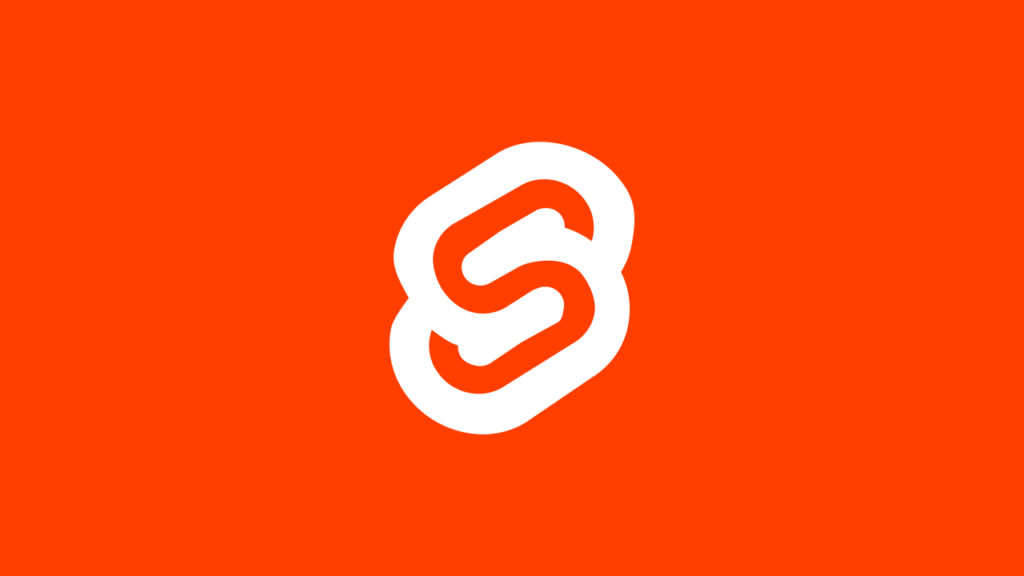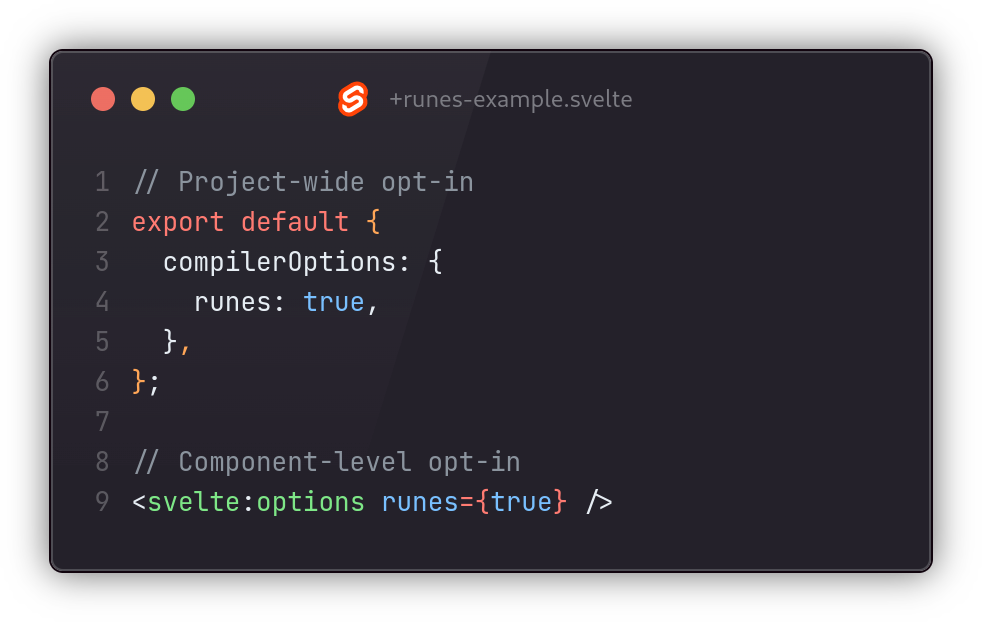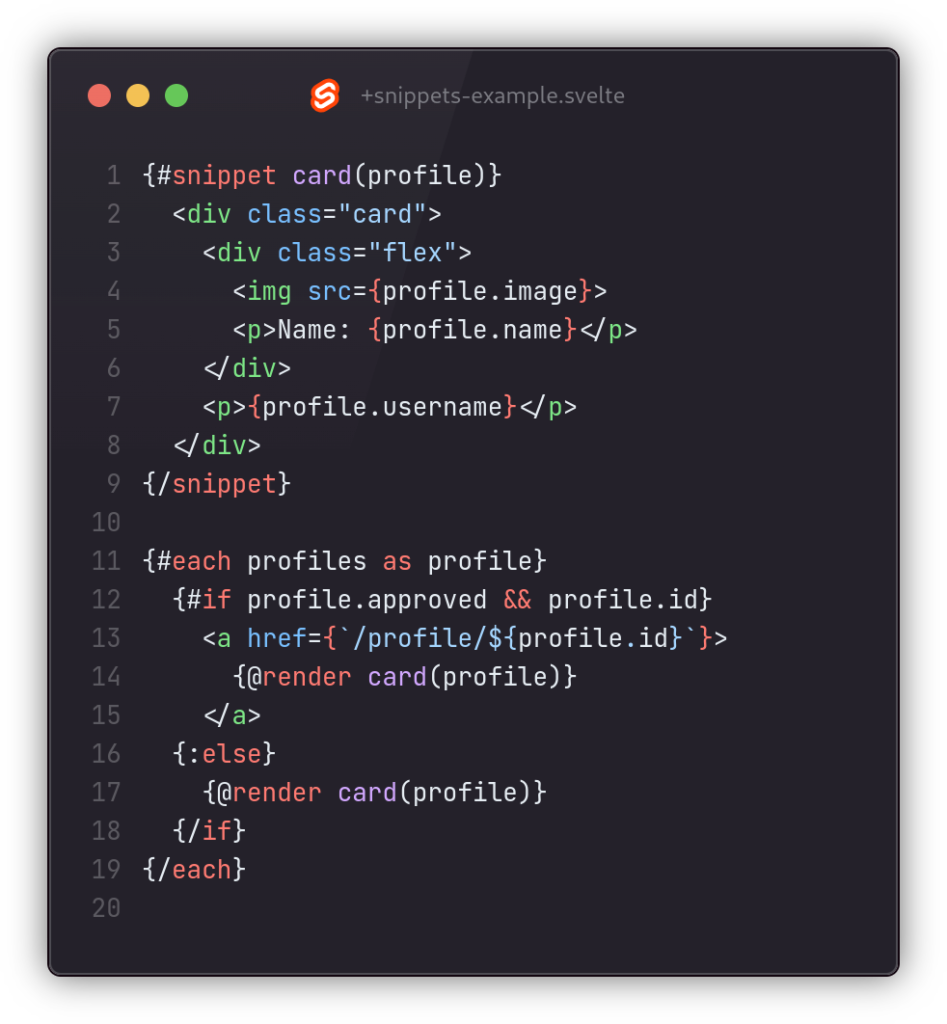
Svelte, the highly regarded JavaScript framework known for its compiler-driven approach to building user interfaces, has recently introduced its latest iteration: Svelte 5. This version brings a host of new features and improvements aimed at enhancing developer experience and performance. In this article, we will delve into the key enhancements of Svelte 5, its new reactivity model, improved tooling, and the implications for developers transitioning from previous versions.
It is currently in the Release Candidate phase, indicating that its design is largely finalized with no anticipated breaking changes before the stable release. This version has been rebuilt from the ground up to improve speed, usability, and robustness, applying lessons learned from several years of development and user feedback [²][⁴].
One of the most significant changes in this version is the introduction of a new reactivity model based on “runes.” These runes replace the $: reactive statement from previous versions and provide a more intuitive and flexible way to handle reactivity. The new $effect.root rune, for instance, allows for fine-grained reactivity control, enabling developers to scope reactivity at the project or component level [²][³].
To opt-in to using runes, developers can update their svelte.config.ts file or add specific tags in their .svelte files:


This version improves hydration performance with a new hydrate method, making hydration-related code treeshakeable. Additionally, it supports nested CSS and advanced selectors like :is(...) and :where(...), enabling more powerful and maintainable styles [⁴].
Native TypeScript support extends to markup, allowing developers to leverage TypeScript’s type-checking and autocompletion features seamlessly within Svelte components. This improvement is expected to enhance developer productivity and code quality [²].
The event handling mechanism has been overhauled to reduce boilerplate and increase flexibility. This change is aimed at simplifying how developers manage events in their applications. Additionally, component composition is enhanced with the introduction of snippets, providing a more intuitive way to create and use reusable code blocks [²][³].
Svelte 5 is designed to be backward compatible with Svelte 4, allowing developers to gradually migrate their applications. Components from Svelte 4 will work with Svelte 5, though certain features from Svelte 4 will eventually be deprecated in favor of modern alternatives in future versions. Tools for automating this migration are being developed to facilitate the transition [⁵].
Despite the numerous benefits, there are some challenges to be aware of. Hot Module Replacement (HMR) and the Svelte Inspector are not fully operational in Svelte 5 yet. These tools are expected to be updated soon, but developers relying heavily on them may need to wait before fully adopting Svelte 5 [⁵].
Svelte 5 brings a wealth of improvements that promise to make web development faster, more efficient, and more enjoyable. From the new reactivity model with runes to enhanced TypeScript support and better styling capabilities, Svelte 5 is set to push the boundaries of what developers can achieve with a JavaScript framework. As the community continues to explore and adopt these features, Svelte 5 is poised to become a cornerstone in modern web development.
